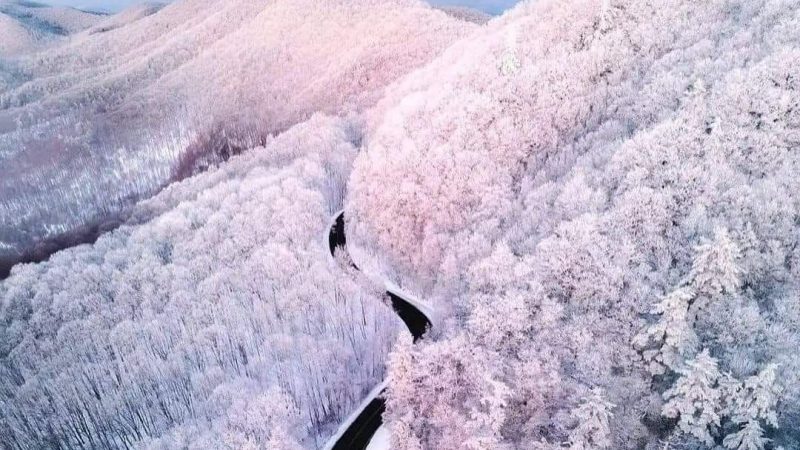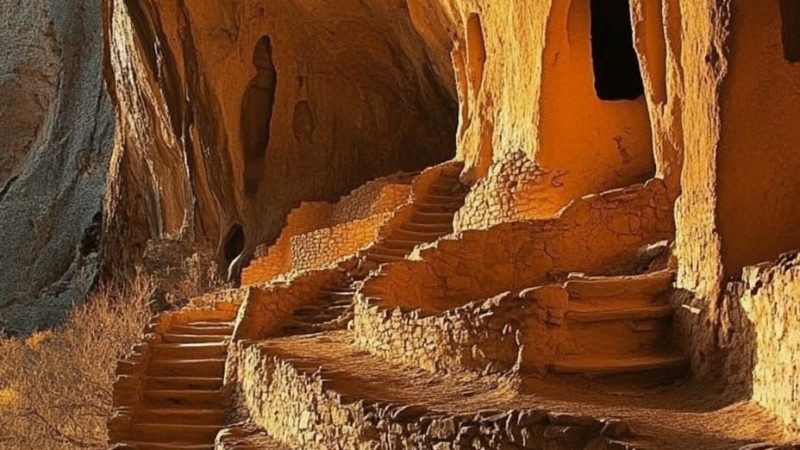
Mount Fuji, Japan’s iconic peak, stands tall as a symbol of the nation’s culture and natural beauty. This majestic mountain, often cloaked in clouds, has played a significant role in art, literature, and the hearts of the Japanese people. Let us delve into the allure of Mount Fuji and its rich history.
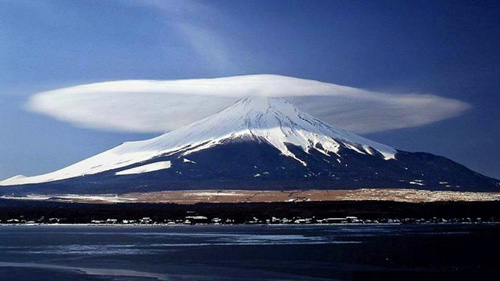
Mount Fuji, also known as “Fujisan,” is renowned as the highest mountain in Japan, boasting an altitude of 3,776 meters. Its prominent stature has made it a famous symbol of the country, representing Japan’s enduring spirit and the beauty of its landscapes.
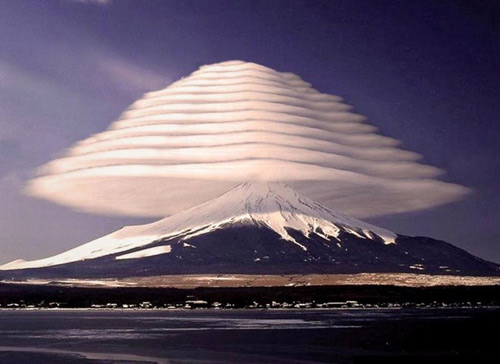
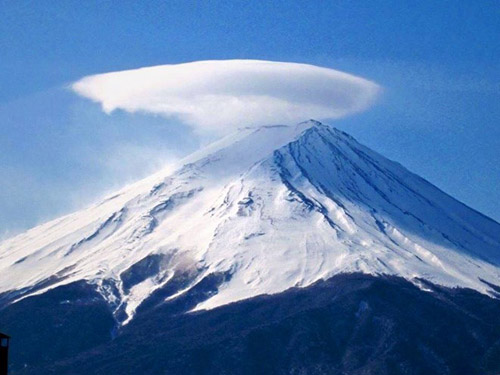
Mount Fuji holds a special place in Japanese spirituality. It is one of Japan’s “Three Holy Mountains,” along with Mount Tate and Mount Haku. Additionally, Mount Fuji is a designated special place of scenic beauty, a historical site, and a UNESCO World Heritage site, highlighting its cultural and natural significance.

One of the most captivating aspects of Mount Fuji is the ever-shifting veil of clouds that often envelops its summit. These clouds create enchanting and sometimes dramatic scenes, resembling a Japanese swordsman from the samurai era with a high bun wearing a conical hat. The interplay of light and shadow against these clouds is a mesmerizing sight.

For those seeking adventure and a closer connection to the mountain, climbing Mount Fuji has become a popular endeavor. The official climbing season typically spans from the beginning of July to the end of August. Tourists and climbers from around the world embark on this journey, passing through ten base stations along the way. The ascent takes about 3 to 7 hours, depending on the chosen route.

When sunlight bathes Mount Fuji in its golden glow, the clouds take on a remarkable transformation. They appear as red halos of fire, adding to the mountain’s mystique and captivating observers with their ethereal beauty. This captivating phenomenon has made Mount Fuji’s cloud-covered summit an even more enchanting destination.
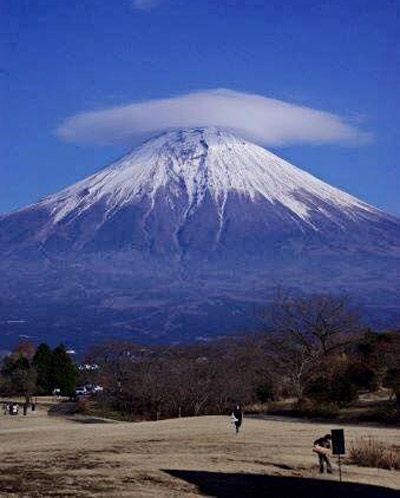
Mount Fuji, with its cultural significance, artistic allure, and ever-changing cloudscapes, continues to capture the imagination of people worldwide. As a symbol of Japan’s natural beauty and spirituality, it stands as a testament to the harmony between humanity and the enchanting landscapes that grace our planet. The clouds that veil its peak only add to the mountain’s enduring mystique, making it a destination for both adventurers and dreamers.

